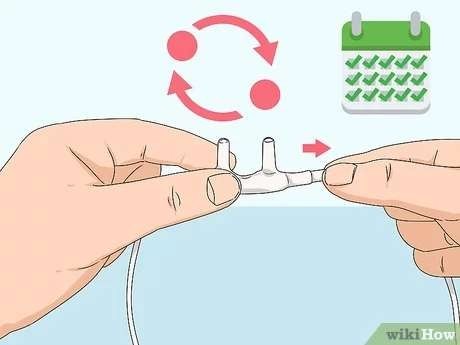A nurse is reinforcing teaching with a newly licensed nurse about discharge planning.
Which of the following statements by the newly licensed nurse indicates an understanding of the teaching?
The nurse is responsible for providing a written prescription for a client home care referral.
The nurse should begin discharge planning upon the client’s admission.
A home hazard appraisal includes an assessment of the client’s financial resources.
A medication reconciliation is required 24 hours prior to the client’s discharge.
The Correct Answer is B
The nurse should begin discharge planning upon the client’s admission. This is because discharge planning is a key aspect of effective care that reduces the length of stay, emergency readmissions and pressure on hospital beds. Discharge planning involves considering what support might be required by the client in the community, referring the client to these services, and liaising with these services to manage the client’s discharge.
Choice A is wrong because the nurse is not responsible for providing a written prescription for a client home care referral. This is the role of the provider or another authorised prescriber.
Choice C is wrong because a home hazard appraisal does not include an assessment of the client’s financial resources. A home hazard appraisal is an evaluation of the safety and accessibility of the client’s home environment.
Choice D is wrong because a medication reconciliation is not required 24 hours prior to the client’s discharge. A medication reconciliation is a process of comparing the medications a client is taking with those prescribed for them to avoid errors or discrepancies. A medication reconciliation should be done at every transition of care, including admission, transfer and discharge.
Nursing Test Bank
Naxlex Comprehensive Predictor Exams
Related Questions
Correct Answer is B
Explanation
Moist heat can help reduce pain and stiffness in the joints by increasing blood flow and relaxing the muscles. Moist heat can be applied using warm compresses, heating pads, or warm baths.
Choice A is wrong because using a recliner when sitting for long periods can increase pressure on the knees and decrease circulation. A better option is to use a straight-backed chair with a footstool.
Choice C is wrong because sleeping on a soft mattress can cause poor alignment of the spine and joints, which can worsen pain and mobility. A firm mattress is recommended for clients with osteoarthritis.
Choice D is wrong because placing large pillows under the knees when lying in bed can limit the range of motion of the knees and cause contractures. A small pillow under the knees can provide some support and comfort, but it should not be too large or too high.
Correct Answer is C
Explanation
Clean the cannula prongs daily.

This is because the nasal cannula can become contaminated with bacteria and mucus, which can cause infection and irritation of the nasal mucosa. Cleaning the cannula prongs daily with soap and water can prevent these complications.
Choice A is wrong because humidifiers can help moisten the dry oxygen and prevent nasal dryness and bleeding. Humidifiers should be used for oxygen flow rates higher than 4 L/min.
Choice B is wrong because the cannula prongs should be positioned curving downward in the nose, not upward. This allows for better alignment with the natural direction of airflow and reduces the risk of dislodgement.
Choice D is wrong because keeping the oxygen tubing off the floor is not a specific action for nasal cannula use. It is a general safety measure to prevent tripping and contamination of the tubing.
Whether you are a student looking to ace your exams or a practicing nurse seeking to enhance your expertise , our nursing education contents will empower you with the confidence and competence to make a difference in the lives of patients and become a respected leader in the healthcare field.
Visit Naxlex, invest in your future and unlock endless possibilities with our unparalleled nursing education contents today
Report Wrong Answer on the Current Question
Do you disagree with the answer? If yes, what is your expected answer? Explain.
Kindly be descriptive with the issue you are facing.
